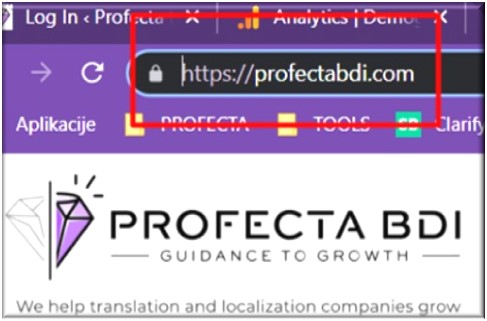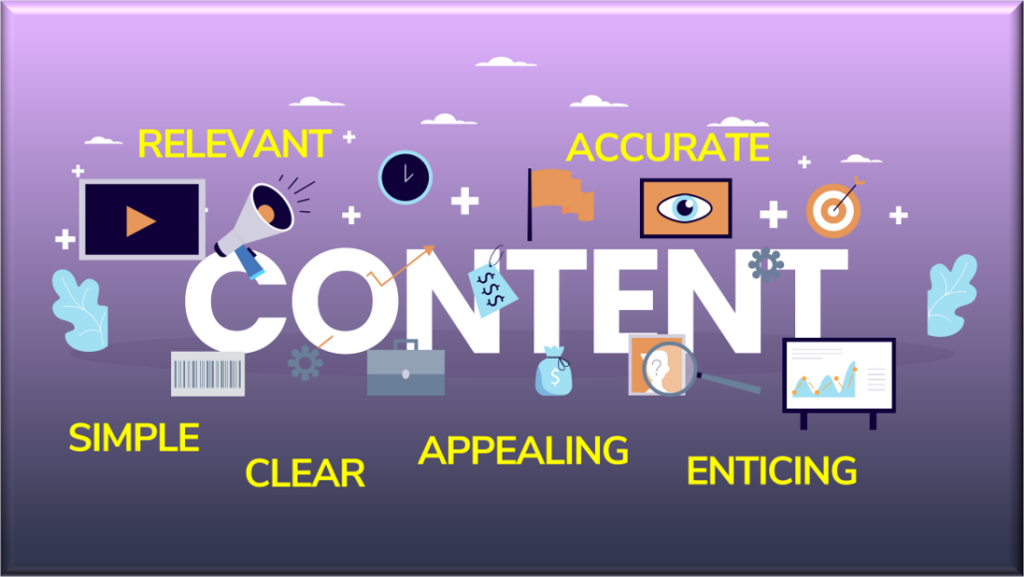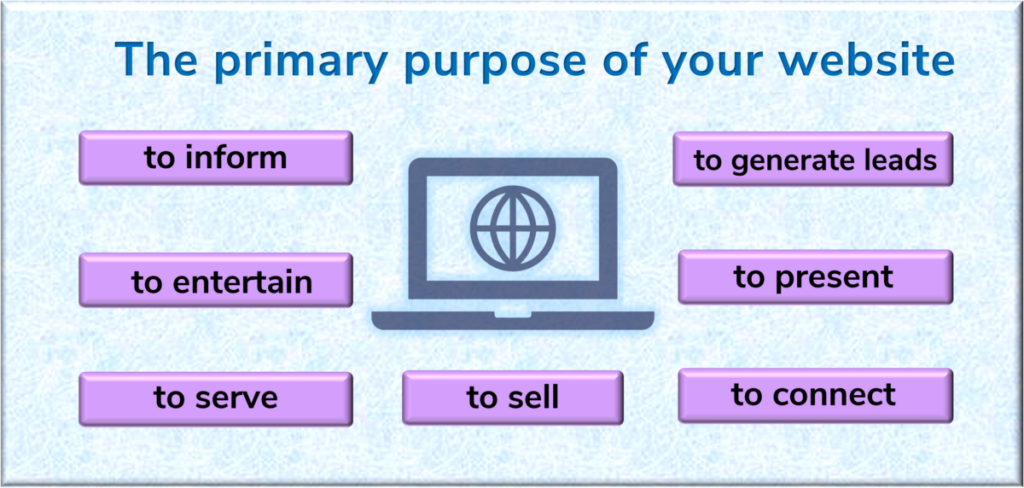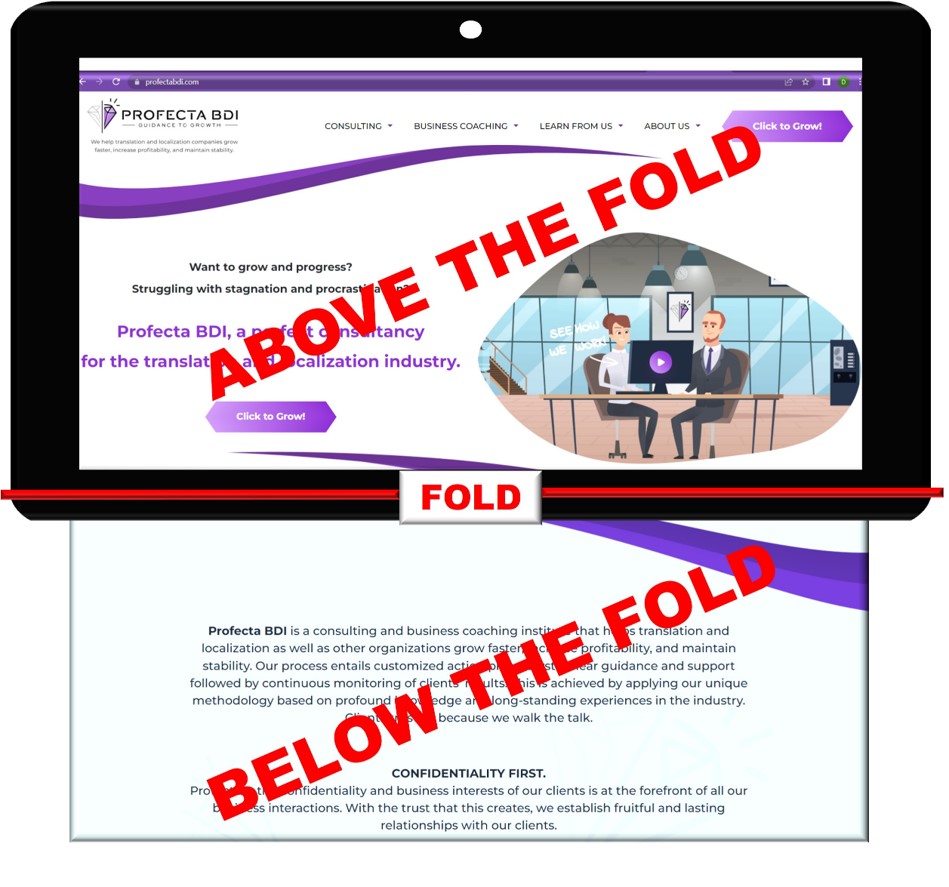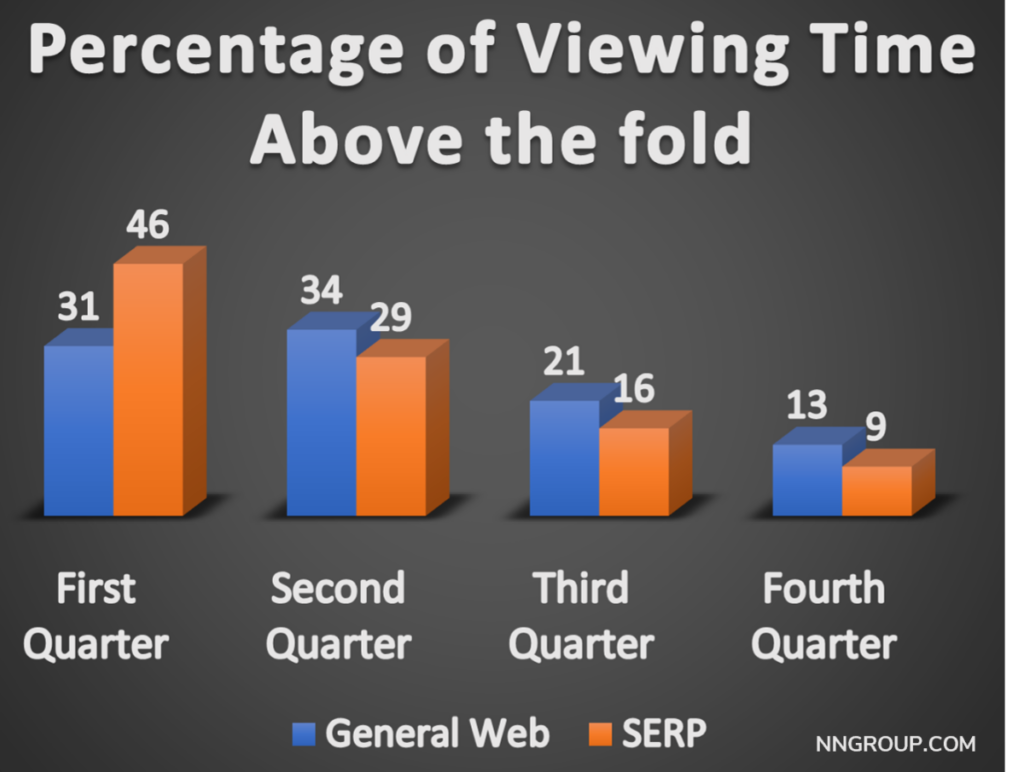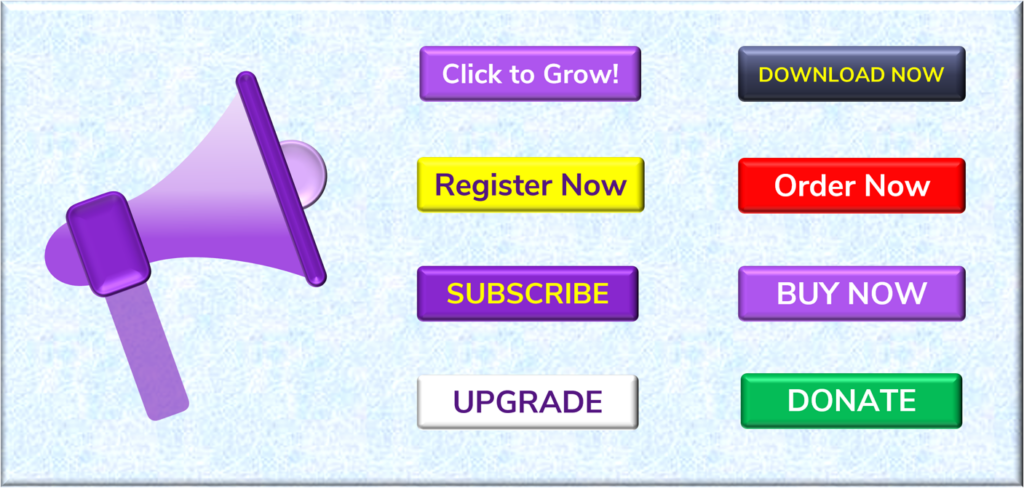
10 must-haves for your website
Marketing and Sales
Check out our compiled list of 10 must-haves for your website that will significantly increase the credibility and quality of your business:
1. You need to make sure you actually have a website
Maybe someone finds this funny or ridiculous, but the fact is that 28% of small businesses in the US alone still do not have a website! Can you believe that?
There are thousands if not millions of blogs, articles, checklists, and the like about the importance of a website today.
The simple truth is that it has never been more important for your business to invest in a website. We are all witnessing the incredible rise of online shopping, the rise of digital touchpoints that become the first encounter with potential customers, prospects, and allies.
We live in the digital age, and you simply cannot afford not to have a website, or to have an outdated or poorly designed one. Moreover, your business needs a website that serves one final purpose above all – sales.
2. Must meet technical requirements
MOBILE FRIENDLYNESS – Nowadays, it’s clear that websites need to be more than mobile-friendly. Mainly because of Google’s Mobilegeddon and algorithm, and the simple truth that more than 6 billion people have a mobile phone!
RESPONSIVE WEB DESIGN – It should be featured in all websites.
OTHER TECHNICAL REQUIREMENTS – Of course, a good website must also meet all other technical requirements, such as:
■ page loading time, which should be less than 2.9 seconds;
■ page speed, which is calculated differently for mobile and desktop devices;
■ SEO (Search Engine Optimization), as the name suggests, makes it easier for search engines to find and index your website’s content. SEO consists of three basic processes: technical optimization, on-page optimization and off-page optimization (we will look at SEO in depth in one of our next blogs);
■ installed analytics tools to analyze website traffic, users, bounce rates, goal conversions, and visitor numbers in real time (e.g. Google Analytics/Tag Manager, Adobe Analytics, Mixpanel, Matomo, StatCounter, Yandex Metrica, Spring Metrics, Woopra, Clicky, Mint…).
3. Must meet basic security requirements
To be trustworthy in the eyes of users, to protect users’ data, to verify website ownership and to prevent the creation of a fake version of the website, websites need SSL certificates. For businesses, the most important fact is that an HTTPS web address requires an SSL certificate.
HTTP websites without an SSL certificate are considered “not secure” by most browsers.
The main purpose of TLS protocol is to provide privacy and data integrity between two or more communicating computer applications. Security and safety of server-to-browser transactions is ensured by using a TLS/SSL security technology. It helps to secure sensitive information about:
■ bank account or credit card transactions
■ personal information (name and address, birth date, telephone…)
■ medical records
■ login credentials
■ legal documents
■ contracts
■ property
4. Must have relevant, accurate, simple, clear, appealing and enticing content
Why is content so important that there is a saying in the web industry “Content is King”?
Well, in a nutshell, people find, share, visit and recommend your website primarily because of content. People value the text and media resources on your website. So, we can safely confirm that content is a key component of a company’s online presence and can play an important role in the overall success of a company’s marketing tactics.
Content needs to be engaging and enticing to both users and search engines. For more information on content and the role of context (no, we didn’t forget the importance of context marketing 😊), subscribe to our free content as this topic will be addressed in our next blogs).
5. Must be fit for purpose and goals
Basically, a website is exactly what its owner wants it to be.
But to be the best fit for your business, your website needs to be precisely aligned with your company’s purpose and goals. It can be sales-oriented, informative, entertaining, educational, presentational, inspirational, persuasive, supportive, service-oriented, connective, you name it.
If your website supports your company’s mission statement and can easily communicate why you are online, it can successfully serve its purpose.
Growth should be the main goal, and the website should serve as a tool to achieve that.
6. Must clearly show how you solve customer problems
What is the purpose of your business? Or other people’s business? Or of any business? Essentially, the main purpose is to solve someone’s problem. And talking about those problems is the best way to make sure everyone knows why you exist. Clearly show your customers how you solve their problems. Some of examples are RWS, Semantix and Brafton.
7. Must ensure good user experience (UX)
Do you know how long it takes for website visitors to decide whether to stay on or leave your website? Believe it or not, it only takes about fifty milliseconds! Within that tiny amount of time, they can also form an opinion about your website, whether they like it or not!
Why is UX so important?
According to the Oxford dictionary, user experience is “the overall experience of a person using a product such as a website or computer application, especially in terms of how easy or pleasing it is to use”.
Hundreds of different definitions confirm the paramount importance of UX for effective interaction and communication between companies and their website visitors.
Users have needs, and the importance of UX is reflected in how companies try to meet them. Basically, it’s about how someone uses the website from their perspective.
Everything from clicking on a website to filling out a form (check out Mailchimp’s signup page with clear and innovative password guidance) is part of the user experience. The user needs to be able to easily navigate the site and quickly understand how to use it. If you do not take care of UX, the site will perform poorly and users will churn.
8. Branding
“The essence of branding is to create simple, relevant messages we can repeat over and over so that we “brand” ourselves into the public consciousness.”
Donald Miller, “Building a story brand”
A company’s brand is simply the promise that the company makes to its customers. The textbook example of a strong brand is Apple. It represents what they can expect from the company’s services or products and how the company’s offerings differ from those of its competitors.
Brand marketing is the creation of a brand name and design using clear and creative communication that creates a difference between a particular company’s product and the competing products of other companies.
The process by which companies make themselves known to the public and differentiate themselves from their competitors is called branding. It usually involves a design, idea, logo, slogan, or phrase that makes the company stand out and can be easily recognized by the public. Branding affects how customers perceive the company’s brand.
9. Above the fold
Did you know that there is a significant difference in the way users treat information above the fold and below the fold?
According to the Nielsen Norman Group’s Scrolling and Attention study, content above the fold accounts for the vast majority of viewing time. About 74% of time was spent on the first two parts of the screen content (the information above the fold plus the screen content just below the fold). The remaining 26% was spent in small increments further down the page.
Regardless of screen size and type, users will only scroll if they find the information above the fold useful enough to spend more time and explore further down the page.
The origin of the term
The term “above the fold” was used in the early days of publishing to refer to content on the top half of a newspaper’s front page. The main headlines, stories and announcements that appeared above the fold stood out when displayed at the newsstand. They attracted the attention of shoppers and convinced them to buy the newspaper.
Same wording, same purpose, new medium
Today, the term “fold” refers to the top half of a web page that is visible without having to scroll down the page. The content that is displayed before scrolling down and leaving the visible screen is the part of a web page called “above the fold content.” The point where the browser window ends but the content continues (and is not visible without scrolling down) is called the “fold.” It attracts the attention of website visitors and causes them to take a specific action (click to buy, install, subscribe, download, order, register, upgrade, donate, or just read the content). And yes, content above the fold has a significant impact on search engine optimization (SEO), because Google always focuses on customers, and Google research confirms that users want to see content right away, not ads.
10. Call to action (CTA)
According to Investopedia, a “CTA is a marketing term that refers to the next step a marketer wants its audience or reader to take. It’s a convincing plea to users, to take some kind of action on your site that would involve later contact, and it is often coupled with some sort of incentive.”
Clear and direct communication with your website visitors (your potential customers) is crucial. CTA is there to get them to take action. Most of them will not engage at all until you undoubtedly ask them to act. An effective CTA must be obvious and appear immediately after the marketing message.
If you want to learn more about how to use your marketing to sell more translation services, visit our Academy workshop Fortify your marketing.
